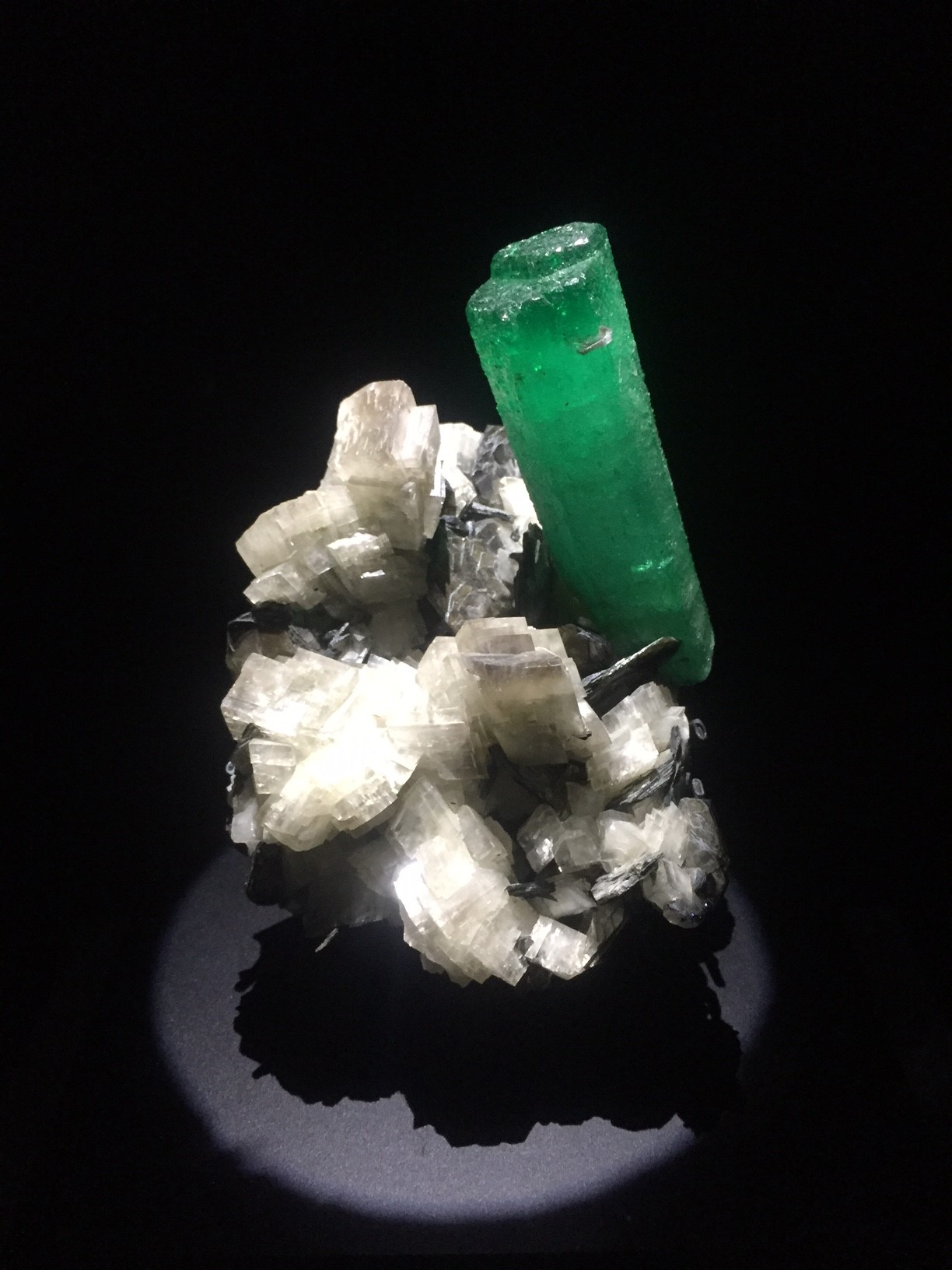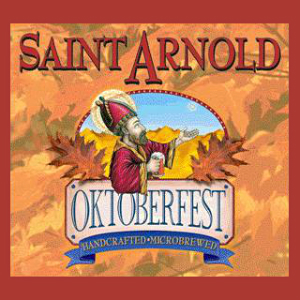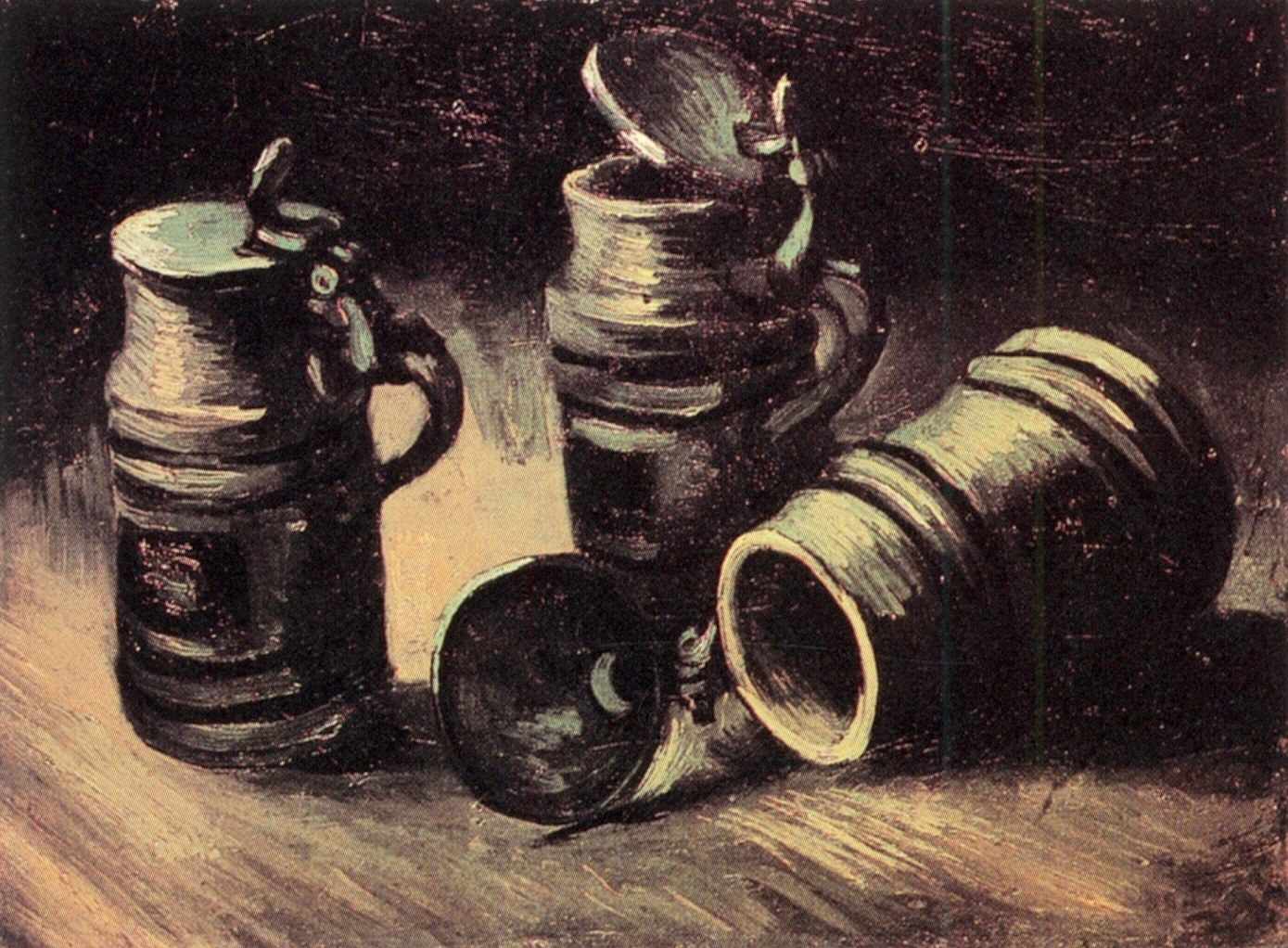You’re probably familiar with Oktoberfest, the international festival held annually in late September and early October in Munich. It’s a family affair and a place to eat and party. Bavarians celebrate their heritage by wearing elaborate native costumes — think Houston Livestock Show and Rodeo, but instead of cowboy hats and boots, men of every age sport lederhosen. People go for the day to see the livestock show, ride carnival rides, eat lots of unhealthy food, and drink beer. Lots and lots of beer.

When I arrived, my first question was “Where are the beer tents?” They were actually right in front of me, but they looked nothing like tents. They are elaborate structures with brightly colored paint and moving figurines. The insides are decorated with banners, flowers and chandeliers.
The Hoffbrau House and Lowenbrau tents are very popular for the partying crowd. The ump-pa-pa bands play traditional German beer-drinking tunes and the popular songs of the day. Seemingly every 15 minutes “Ein Prosit” is played and everyone stands on their bench and raises their mugs to the unofficial Oktoberfest theme song.
Oktoberfest traditionally starts in the third weekend in September and ends the first Sunday of October. (There are many laughs when the Americans show up throughout October for the celebration.)
HMNS celebrates the history and science behind Oktoberfest and beer every year at Saint Arnold Brewery with founder Brock Wagner and his beer-making mentor Scott Birdwell of Defalco’s Home Wine & Beer Supplies. This year’s date is Sept. 25. If you want to raise your stein with us, click here for more info and to purchase tickets. The deadline for ticket purchases is Sept. 19.
From the Munich Tourist Office:
Crown Prince Ludwig, later to become King Ludwig I, was married to Princess Therese of Saxony-Hildburghausen on October 12, 1810. The citizens of Munich were invited to attend the festivities held on the fields in front of the city gates to celebrate the happy royal event. The fields were renamed Theresienwiese (“Theresa Fields”) to honor the Crown Princess, although the locals have since abbreviated the name simply to “Wiesn.” Horse races in the presence of the royal family marked the close of the event that was celebrated as a festival for the whole of Bavaria. The decision to repeat the horse races in subsequent years gave rise to the tradition of Oktoberfest.
In 1811, an added feature to the horse races was the first Agricultural Show, designed to boost Bavarian agriculture. The horse races, which were the oldest – and at one time – the most popular event of the festival are no longer held today. But the Agricultural Show is still held every three years during the Oktoberfest on the southern part of the festival grounds.
In the first few decades, the choices of amusements were sparse. In 1818, the first carousel and two swings were set up. Visitors were able to quench their thirst at small beer stands, which grew rapidly in number. In 1896 the beer stands were replaced by the first beer tents and halls set up by the enterprising landlords with the backing of the breweries. The remainder of the festival site was taken up by a fun-fair. The range of carousels offered was already increasing rapidly in the 1870’s as the fairground trade continued to grow and develop in Germany.
Today, the Oktoberfest in Munich is the largest festival in the world, with an international flavor characteristic of the 20th century. At the foot of the Bavaria Statue, adjacent to the Huge Oktoberfest grounds there are also carousels, roller coasters and all the spectacular fun for the enjoyment and excitement of visitors of all ages.
The festivities are accompanied by a program of events, including the Grand Entry of the Oktoberfest Landlords and Breweries, the Costume and Riflemen’s Procession, and a concert involving all the brass bands represented at the “Wiesn.”
The Oktoberfest celebrated its 200th Anniversary in 2011, only wars and cholera epidemics have briefly interrupted the yearly beer celebration.
You will learn more beer history at HMNS’ Oktoberfest: The History & Science of Beer on Sept. 25 at Saint Arnold. Yes, that Saint Arnold: the patron saint of brewers.
Can’t wait until Sept. 25 to learn more about this saintly man? Click here.







